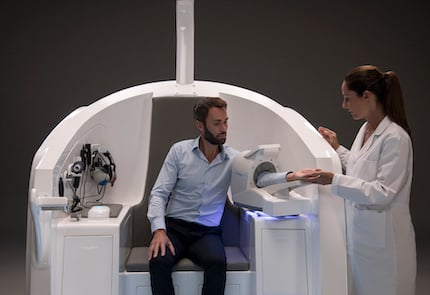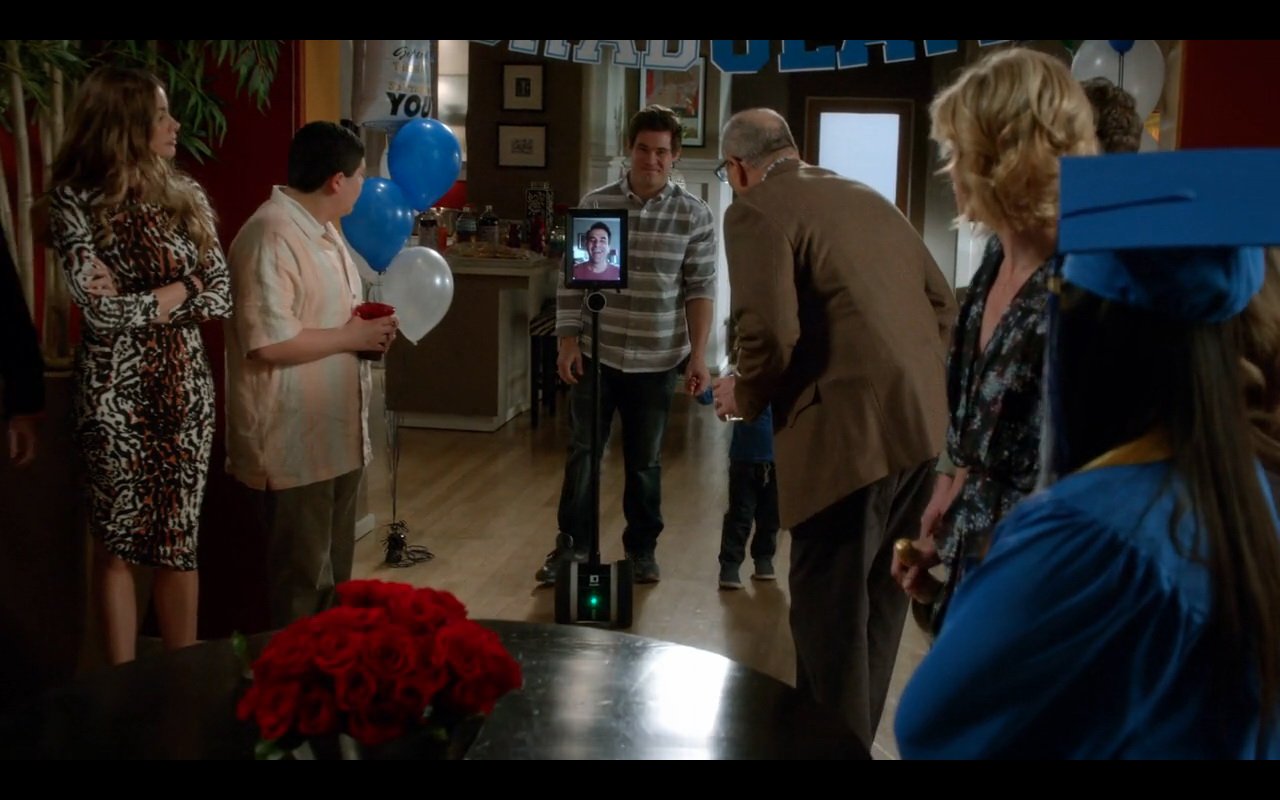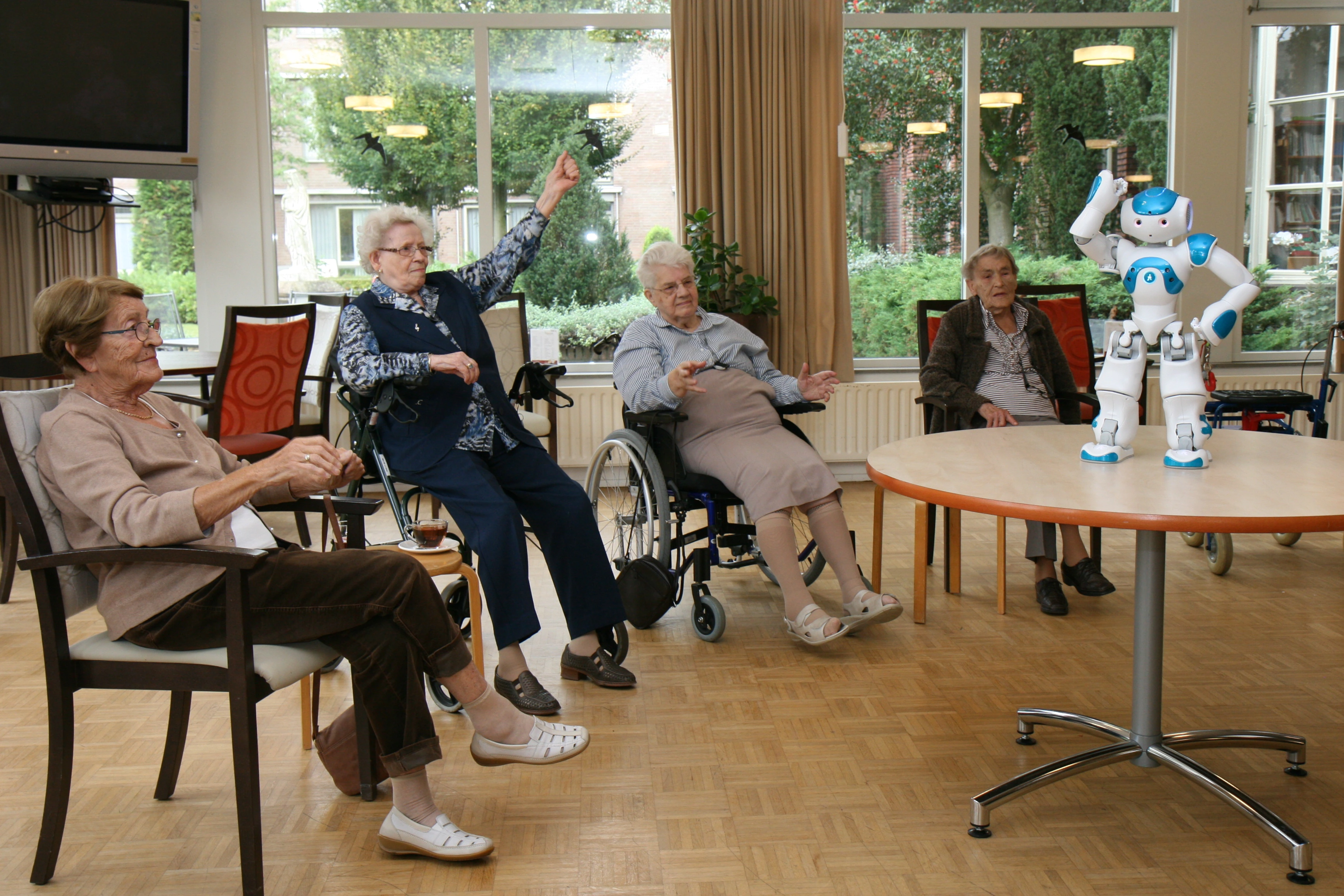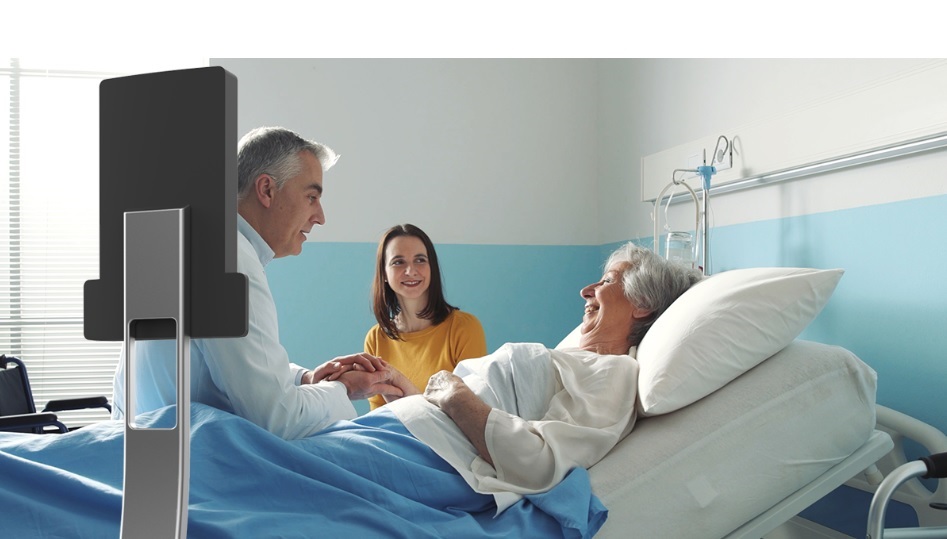Telepresence 101 - Learn the basics of Telepresence Robots
Interested in how telepresence robots can work for you, but wondering what exactly they can be used for? Join us in 'Telepresence 101', where we...
4 min read
Renee Farkas
Jun 2, 2023 9:52:31 AM
In the rapidly evolving healthcare landscape, telehealth has emerged as a game-changer. It's not just about delivering remote care; it's about connecting, empathising, and comforting. It's about bridging the gap between the sterile, digital interface and the warmth of human interaction. One company stands at the forefront of this revolution - TeleIn, a leading provider of advanced telepresence solutions to the Australian, New Zealand, Singapore and Malaysian markets.
TeleIn is not just a technology company; it's a company that understands the importance of the human element in healthcare. Offering a broad range of ideas around telepresence robotics, holographic transmission, and digital health pods, TeleIn is helping bridge the gaps between people, time, and place while maintaining a high level of personal touch and authenticity.
In this article, we explore the importance of the human element in telehealth, the impact of telehealth on cancer patients, the innovative technologies shaping the future of telehealth, and the role of TeleIn in this exciting journey. Discover how we can make these experiences more personal, more intimate, and more human.
It's easy to get lost in the sea of technology and forget the essence of healthcare - the human connection. Telehealth is more than just a conduit for delivering remote care; it's about connecting, empathising, and comforting. It's about bridging the gap between the sterile, digital interface and the warmth of human interaction.
Let's take a moment to consider a heartwarming case study from Perth, Western Australia. Imagine a young family unable to visit their mother in a cancer ward due to restrictions, yet still being able to "be" by her bedside. This isn't a figment of imagination; it's a reality made possible by telepresence robotics. Through the lens of a robot, the family was able to connect with their loved one, share moments of joy and sorrow, and provide the emotional support that is so crucial during such times. This is the power of telehealth - the power to transcend physical boundaries and bring people closer.
Rose Herceg, a respected healthcare futurist, commented at the recent "HealthCare RealEstate Summit", "We must keep sight of the human element. Telehealth is more than just a conduit for delivering remote care; it's about connecting, empathising, and comforting."
"We must keep sight of the human element. Telehealth is more than just a conduit for delivering remote care; it's about connecting, empathising, and comforting."
These words resonate with the ethos of TeleIn, a company committed to bringing the human touch into telehealth. Whether through telepresence robotics or holographic transmissions, TeleIn is constantly innovating to make telehealth experiences more personal, intimate, and human.
TeleIn's Managing Director, a former Paramedic, Benjamin Farkas, can attest that healthcare is all about the human connection. "90% of our work is simply holding a hand and reassuring them that they're going to be all right". This is the essence of healthcare, and we must strive to preserve and enhance this as we continue to advance in the realm of telehealth.
Cancer treatment is a stressful journey, not just physically and emotionally, but also financially. The National Cancer Institute estimates the average cost of treatment in the year following a cancer diagnosis to be around US$42,000 (AUD$63,800), a figure that can significantly increase with more specialised therapies. This financial burden, coupled with the time and energy spent on hospital visits, can add to the distress of patients and their families. This is where telehealth steps in, offering a beacon of hope.
A recent study conducted by Moffitt Cancer Center, a pioneer in virtual medicine, sheds light on the transformative impact of telehealth on cancer patients. The study analyzed 25,496 virtual cancer care visits with 11,688 patients living in Florida between April 2020 and June 2021. The results were astounding.
Telehealth services saved a total of
But the benefits of telehealth extend beyond just time savings. The study also found that the average estimated cost savings per visit ranged between US$147.40 to US$186.10. This is a significant relief for patients already grappling with cancer treatment's high costs.
Telehealth It's not just about efficiency and cost savings. It's about creating meaningful patient engagement and delivering care that is not just effective, but also empathetic. This is where innovation plays a crucial role, pushing the boundaries of what's possible and redefining the future potential of healthcare.
TeleIn's remote presence solutions are not just about delivering care remotely; it's about bringing the human touch into telehealth. Whether through telepresence robotics, holographic transmission, or digital health pods, TeleIn constantly innovates to make telehealth experiences more personal, intimate, and human.
Telepresence robotics, for instance, allows patients to connect with their loved ones more immersively, transcending the limitations of traditional video calls. It brings a sense of presence, making patients feel like their loved ones are with them, even when they're miles away.
Holographic transmissions take this a step further, creating a three-dimensional representation of the person at the other end of the line. This enhances the sense of presence and allows for more nuanced non-verbal communication, which is often lost in traditional video calls.
 Digital health pods, on the other hand, offer a comprehensive health monitoring solution, allowing patients to track their health metrics at facilities convenient to them.
Digital health pods, on the other hand, offer a comprehensive health monitoring solution, allowing patients to track their health metrics at facilities convenient to them.
As we continue to push the boundaries of what's possible, we must remember the words of Rose Herceg, "Let's think differently about bringing the human touch into telehealth." After all, healthcare is all about the human connection.
Telehealth is more than just a technological revolution. It's a shift in how we perceive and deliver healthcare - especially in remote and regional locations. However, restoring a human connection to this new way of work must be considered a core deliverable. Telehealth is not just about delivering care remotely; it's about connecting, empathising, and comforting those who need us most when time and place are a barrier. It's about bridging the gap between the sterile, digital interface and the warmth of human interaction.
As we look to the future, let's ask ourselves - how can we make these experiences more personal, intimate, and human? How can we leverage technology to deliver care and connect, empathise, and comfort? How can we bridge the gap between the digital and the human, creating a healthcare experience that is efficient and meaningful?
Telehealth must be more than just a conduit for delivering remote care; its focus must be a unified platform for human connection. And as we continue to innovate and evolve, let's strive to make these connections more personal, intimate, and human. After all, healthcare is all about people who need our help.

Interested in how telepresence robots can work for you, but wondering what exactly they can be used for? Join us in 'Telepresence 101', where we...

The global pandemic has not only added to the already heavy workload of health care professionals worldwide, it has also created the heightened...

2 min read
Telepresence robots are a relatively new innovation, but they have the potential to make a big impact on healthcare service delivery in remote...